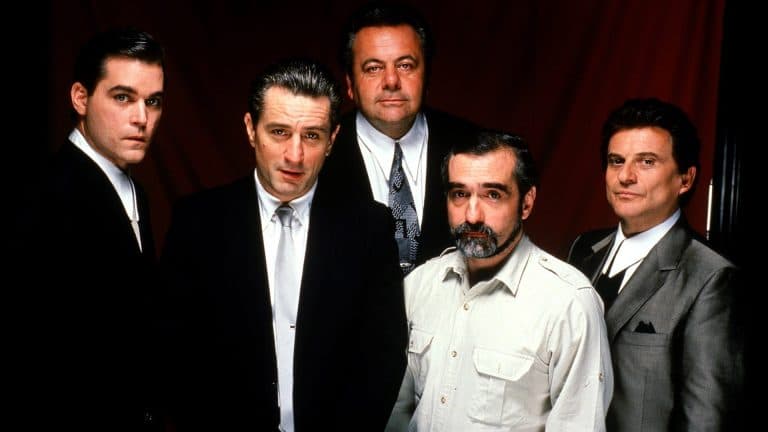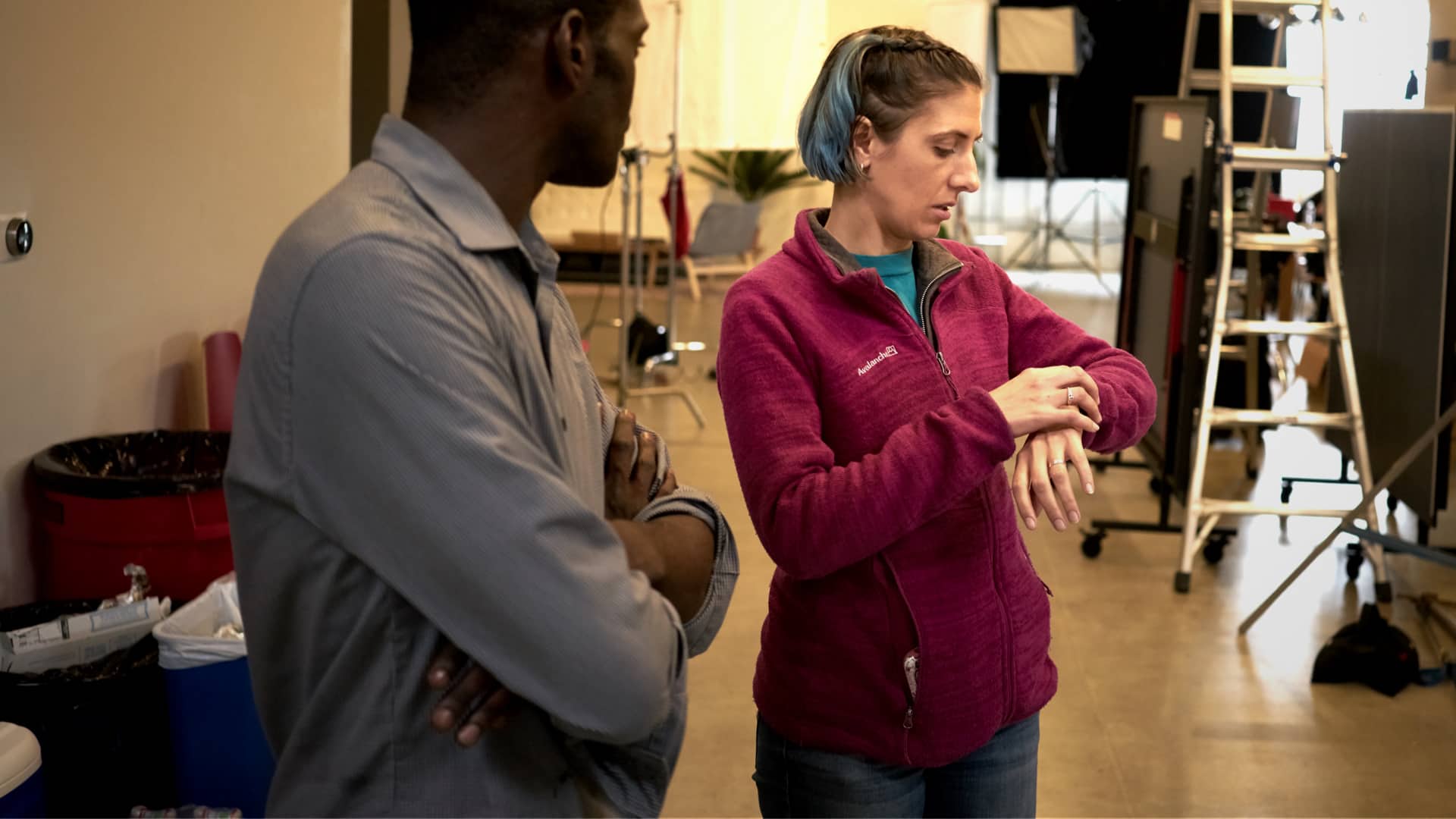We all know that conflict is needed to keep viewers engaged, to create an emotional response, and to ultimately, push the story forward. Without conflict in a story, the film, show, or novel, may seem a bit, well, boring. It’s also true that conflict can be defined by all of the “types” that exist — internal, external, people vs people, people vs society, etc. And while all of those things are helpful, it’s not a fully developed definition. This article takes a macro perspective, answering what is conflict in a story by highlighting why we need it in the first…
I am, you are, she is, they will be — these are all things we say on a near-daily basis, and they’re all examples of different points of view. But what is point of view within storytelling and how can writers use it strategically? We’re going to explain everything you need to know about point of view in literature, with cinema and video game examples as well. But first let’s review the basics.Continue reading What is Point of View? Definition and Examples in Lit and Film
One of the most fundamental aspects of the medium of film is the ability to edit and rearrange images and shots to create a story. The difficulty in editing and film in general is to be both effective and efficient at the same time. This enables the audience to understand the story while also being completely engaged. One of the most useful tools that filmmakers have to execute this is the montage. What is a montage and how do filmmakers use them? Let’s dive in.Continue reading What is a Montage? Definition, Examples & 6 Ways to Use Them
Back in the day, any time a revision was made to a script, a new copy would be printed on different colored paper. Luckily, StudioBinder takes the guesswork out of this and assigns a color to any new document revisions automatically. But it doesn’t stop there. We'll walk you through why script versions are created in the first place and how to keep those versions organized. Continue reading What are Script Versions and How to Keep Them Organized
In 1990, Goodfellas was released worldwide and instantly became a mobster classic. Martin Scorsese served as the director of the film and also co-wrote the script with Nicholas Pileggi.Goodfellas is an adapted screenplay from Pileggi’s novel, Wiseguys, which is based on the true story of Henry Hill and his mob associates. Since the story was based on real-life subjects, the script had to be written through a historical lens, with specific verbiage. Through extraordinary talent and well-developed research, Scorsese was able to deliver an excellent film, one that has become an icon of the gangster genre.In this article, we’re going…
Satire is one of the most useful tools writers can use to comment on the follies of humanity and the evils that exist in the world. We’re going to look at some satire examples in literature and movies to gain a better understanding of the term. By seeing how satire is used in a variety of mediums, we’ll be better prepared to apply it in our own projects. But first, let’s start by jumping through a portal to the past to see where satire began.Continue reading Satire Examples in Literature and Movies Explained
You may have a basic idea of what a line producer is, but there are so many different kinds of producers, are you really sure? It takes a minute to know the ins and outs, and the best way to learn is always to do. But if you’re a little hesitant to jump right into the role, we outlined some basic responsibilities so you can confidently answer “what does a line producer do?” Let’s get into it.Continue reading What Does a Line Producer Do? The Responsibilities and Duties of the Job
Mise en scène. It’s a fancy looking phrase that you’ve seen floating around many film-related articles, carrying with it an immediate sense of snobbery. Don't worry, you're not the first person to ask "what is mise en scene?" After today, you’ll have a better sense of this concept and its fundamentals so you can apply it in your next project. Continue reading What is Mise en Scène in Film: Definition and Examples
You’ve thoroughly read and re-read the script, and you can perfectly visualize what your finished movie is going to look like. But how can you make sure that what audiences will see on the screen will be the same as what’s in your mind’s eye? Easy peasy! You just need a Shot List. Continue reading What’s in Your Shot List: How to Design and Communicate Your Vision
The feature film Creed made $109,767,581 at the box office. Want to see how StudioBinder’s software can create a shot list for one of the scenes? Continue reading How to Create a Shot List Like ‘Creed’ [Shot List Example]









